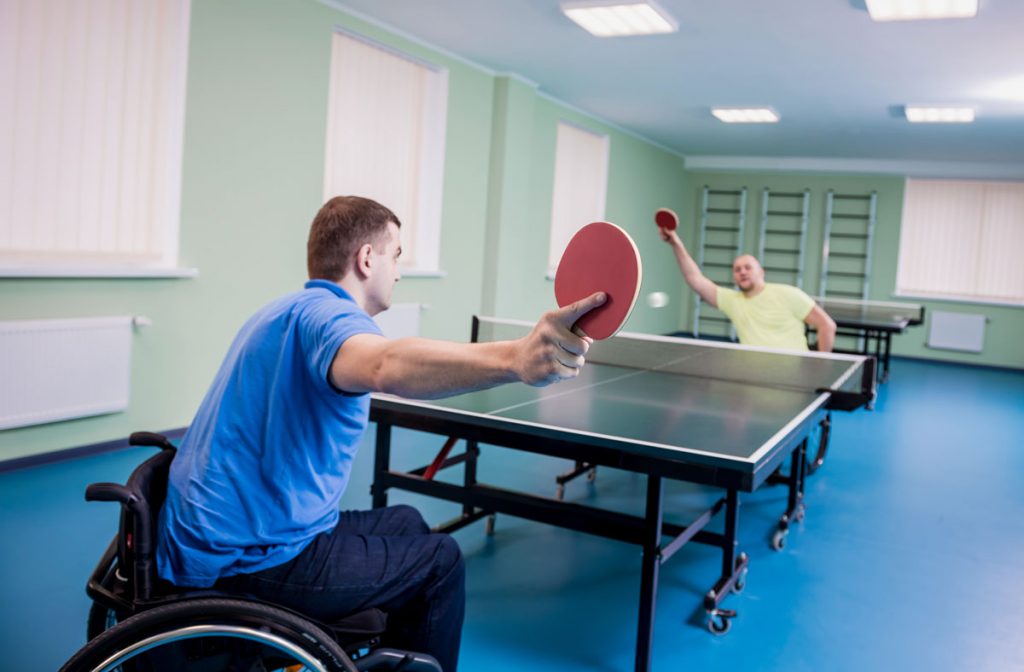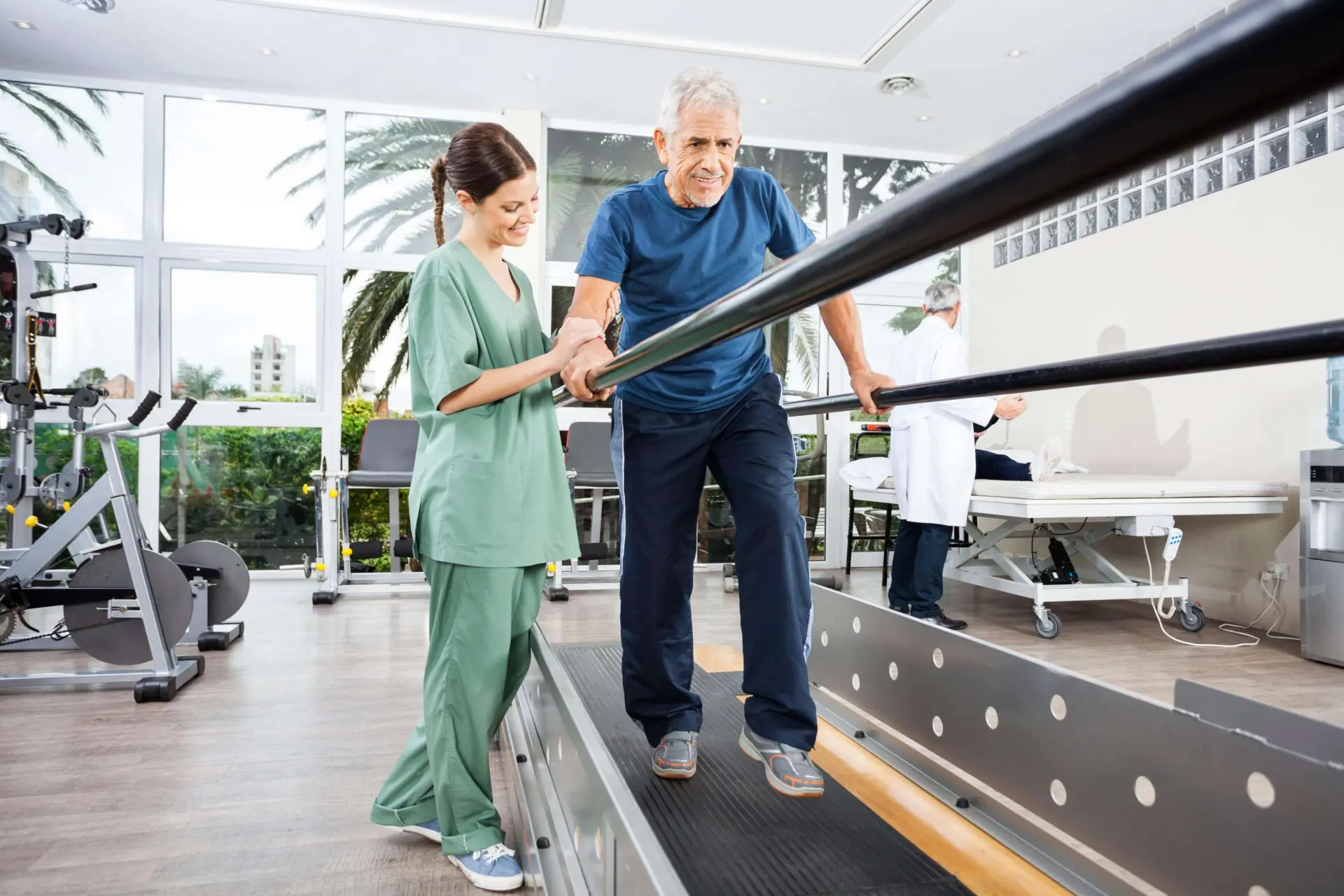Dementia Fall Risk Things To Know Before You Get This
The smart Trick of Dementia Fall Risk That Nobody is Discussing
Table of ContentsSome Of Dementia Fall RiskThe Dementia Fall Risk PDFsThe Greatest Guide To Dementia Fall RiskSome Known Questions About Dementia Fall Risk.
A loss danger analysis checks to see how likely it is that you will drop. The evaluation generally includes: This includes a series of concerns concerning your total wellness and if you have actually had previous drops or problems with equilibrium, standing, and/or walking.Interventions are referrals that may lower your threat of dropping. STEADI includes 3 steps: you for your risk of dropping for your threat elements that can be enhanced to try to prevent drops (for instance, equilibrium problems, impaired vision) to minimize your danger of falling by utilizing efficient approaches (for example, offering education and learning and sources), you may be asked a number of inquiries consisting of: Have you dropped in the previous year? Are you fretted about falling?
You'll rest down once again. Your provider will certainly inspect how much time it takes you to do this. If it takes you 12 secs or even more, it might imply you are at higher threat for a fall. This examination checks stamina and balance. You'll being in a chair with your arms went across over your chest.
Move one foot midway ahead, so the instep is touching the big toe of your other foot. Relocate one foot fully in front of the various other, so the toes are touching the heel of your other foot.
How Dementia Fall Risk can Save You Time, Stress, and Money.
The majority of falls happen as an outcome of several contributing aspects; therefore, managing the threat of dropping starts with determining the elements that add to drop threat - Dementia Fall Risk. Several of one of the most appropriate risk aspects include: Background of previous fallsChronic medical conditionsAcute illnessImpaired gait and equilibrium, lower extremity weaknessCognitive impairmentChanges in visionCertain risky medications and polypharmacyEnvironmental aspects can also boost the risk for falls, consisting of: Insufficient lightingUneven or harmed flooringWet or slippery floorsMissing or damaged handrails and order barsDamaged or incorrectly fitted equipment, such as beds, mobility devices, or walkersImproper use assistive devicesInadequate guidance of individuals living in the NF, including those who exhibit aggressive behaviorsA effective fall threat management program calls for a comprehensive clinical assessment, with input from all participants of the interdisciplinary group

The care plan ought to likewise consist of interventions that are system-based, such as those that promote a safe setting (suitable illumination, hand rails, grab bars, etc). The performance of the treatments should from this source be reviewed occasionally, and the treatment plan revised as needed to show modifications in the autumn threat evaluation. Implementing an autumn threat management system using evidence-based best practice can decrease the prevalence of falls in the NF, while limiting the capacity for fall-related injuries.
The Definitive Guide to Dementia Fall Risk
The AGS/BGS standard suggests screening all grownups aged 65 years and older for autumn danger every year. This testing is composed of asking patients whether they have actually dropped 2 or even more times in the previous year or looked for medical attention for a fall, or, if they have not dropped, whether they feel unsteady when walking.
Individuals who have fallen as soon as without injury must have their equilibrium and stride reviewed; those with stride or balance abnormalities ought to receive extra analysis. A history of 1 autumn without injury and without gait or balance issues does not call for additional analysis beyond continued annual fall risk testing. Dementia Fall Risk. A loss risk assessment is called for as component of the Welcome to Medicare assessment

Unknown Facts About Dementia Fall Risk
Documenting a drops background is one of the top quality indicators for loss prevention and administration. Psychoactive medications in specific are independent predictors of falls.
Postural hypotension can commonly be relieved by lowering the dose of blood pressurelowering medications and/or stopping medicines that have orthostatic hypotension as an adverse effects. Use above-the-knee assistance tube and copulating the head of the bed raised may also reduce postural decreases in blood pressure. The suggested components of a fall-focused physical exam are displayed in Box 1.

A Yank time higher than or equal to 12 seconds suggests high fall risk. Being incapable to stand up from a chair of knee height without utilizing one's arms indicates boosted loss risk.